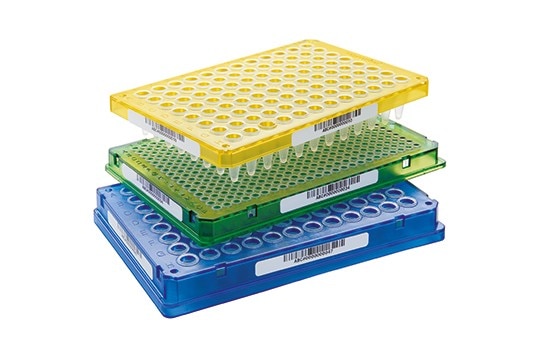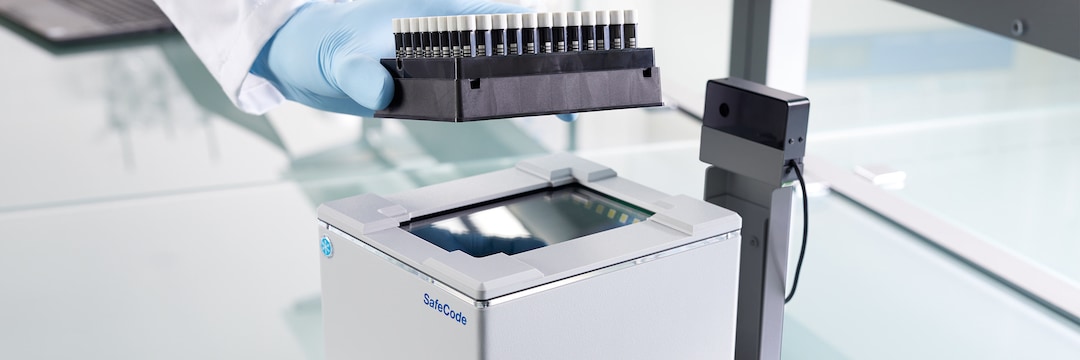
Barcode Systems
Produkte
Über Barcode Systems
4 Produktfamilien
Coded for Success
Non-readable sample labels or even non-labeled tubes are a risk for reliable science. Many experiments need to be repeated or fail to be repeated due to issues with the sample labeling.
The Eppendorf SafeCode concept is based on pre-labeled tubes and vials with Eppendorf unique datamatrix codes. By using the RackScan reader, a handheld barcode scanner, or a mobile device, the code can be read. Based on the code, you can receive all relevant related information from the Eppendorf Dataport. This includes lot-numbers, order numbers, certificates, and more.
Mehr erfahren
Weniger lesen
Trying to encode your vessel label?
"Stored vessels must be labeled" – something every lab member agrees on. In reality, you always find some vessels in your freezer without any labeling or with non-readable labeling. Clear labeling is recommended to make reading as easy and as reliable as possible for everyone. Printed labels on vessels in plain writing are the minimum condition for safe reading. Barcoding is one step further towards a fast and safe sample identification. A barcode is an optical representation of data which is machine-readable.
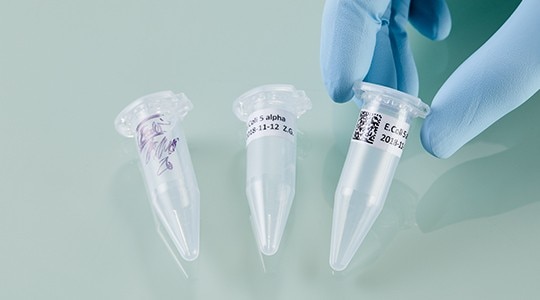
Counting dots and squares?
2D codes are based on the following specifications:
- Finder pattern consists of two constant lines at left and bottom, „clock track“
- The quiet zone surrounds the finder pattern, it should be free of any black-white contrast
- The code can be white on black background or black on white background.
Mehr erfahren
Weniger lesen
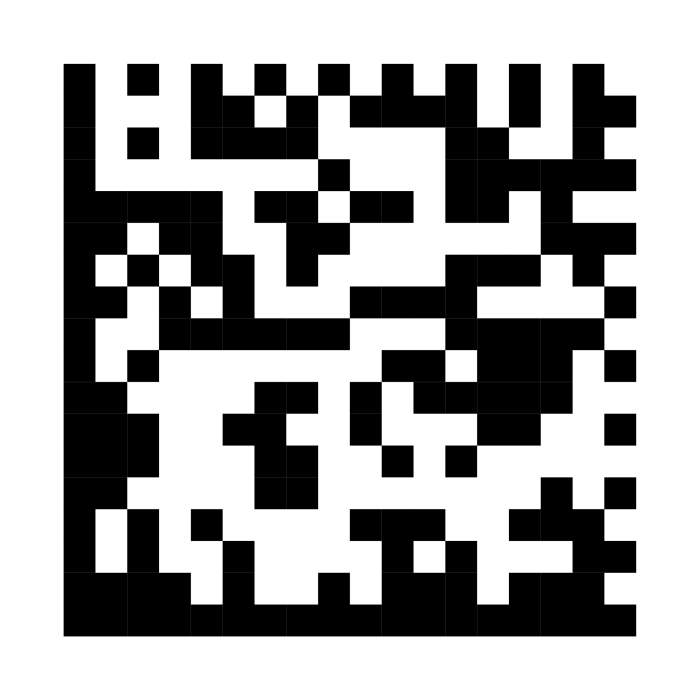
Paperwork required?
For certification purposes, more and more users need to document every piece of information. Vials are a major part of the workflow within the lab. Therefore, further information about the CryoStorage Vials like lot number, order number, certificates etc. are available via the Eppendorf website based on the individual vial code. The information can be exported manually into local databases or even automatically transferred via RackScan to the sample management software Eppendorf eLabInventory or eLabJournal.
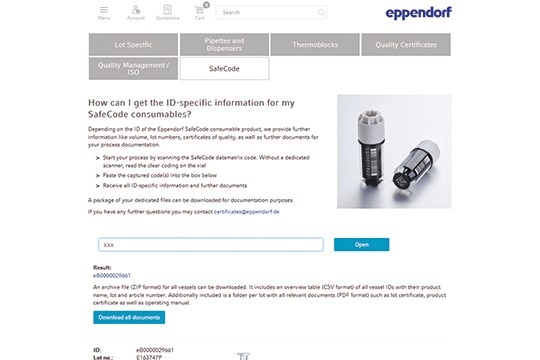
Lost in samples? Stay organized!
Over many years, you collect hundreds and thousands of samples – samples that are the results of years of hard work – samples of high value. When storing these in the ULT freezer at -80°C, it is vital to keep them safe and accessible.
Many scientists still use spreadsheets or even paper-based lists to keep track of their storage. While these solutions may work most of the time, they are susceptible to human error, damage, and misplacement.
Keep track of your samples with eLabInventory, a sample management software.
Start a free 30-day trial!
Visit eLabInventory
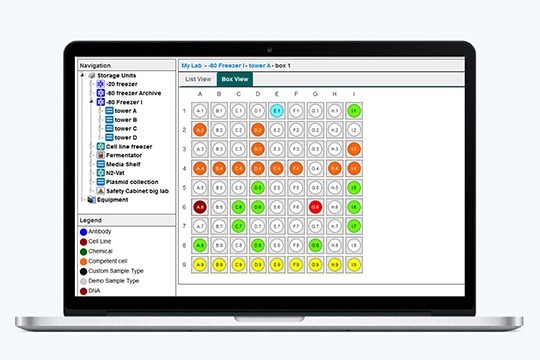
Struggling with paper-based documentation?
The eLabJournal Electronic Lab Notebook offers an intuitive and flexible solution to document research and track research data like workflow processes where the ULT freezer is involved. Improve efficiency when documenting, organizing, searching, and archiving collected data. With the free eLabJournal add-ons, you can extend the functionality of eLabJournal to a fully integrated Laboratory Information Management System.
Start a free 30-day trial!
Visit eLabJournal
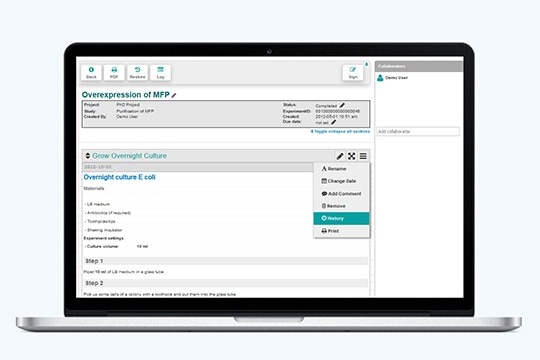
Personalized barcodes for plates needed?
Some processes require customized barcodes on plates due to established workflows and data management steps. Eppendorf plates like the twin.® PCR plates, the Deepwell plates as well as the microplates can be labeled with customized 1D barcodes.
The process is handled by the Eppendorf barcode wizard.
For further information please visit the
Eppendorf barcode wizard
